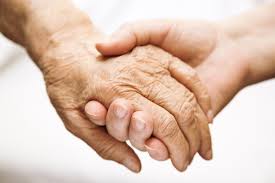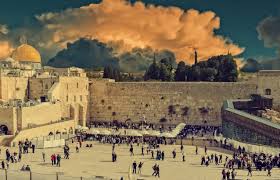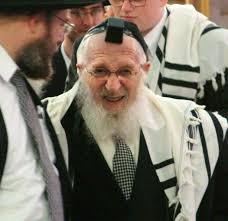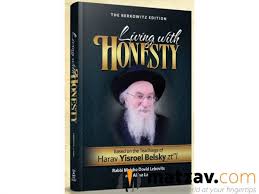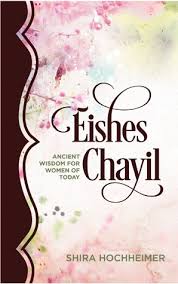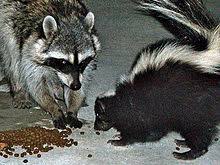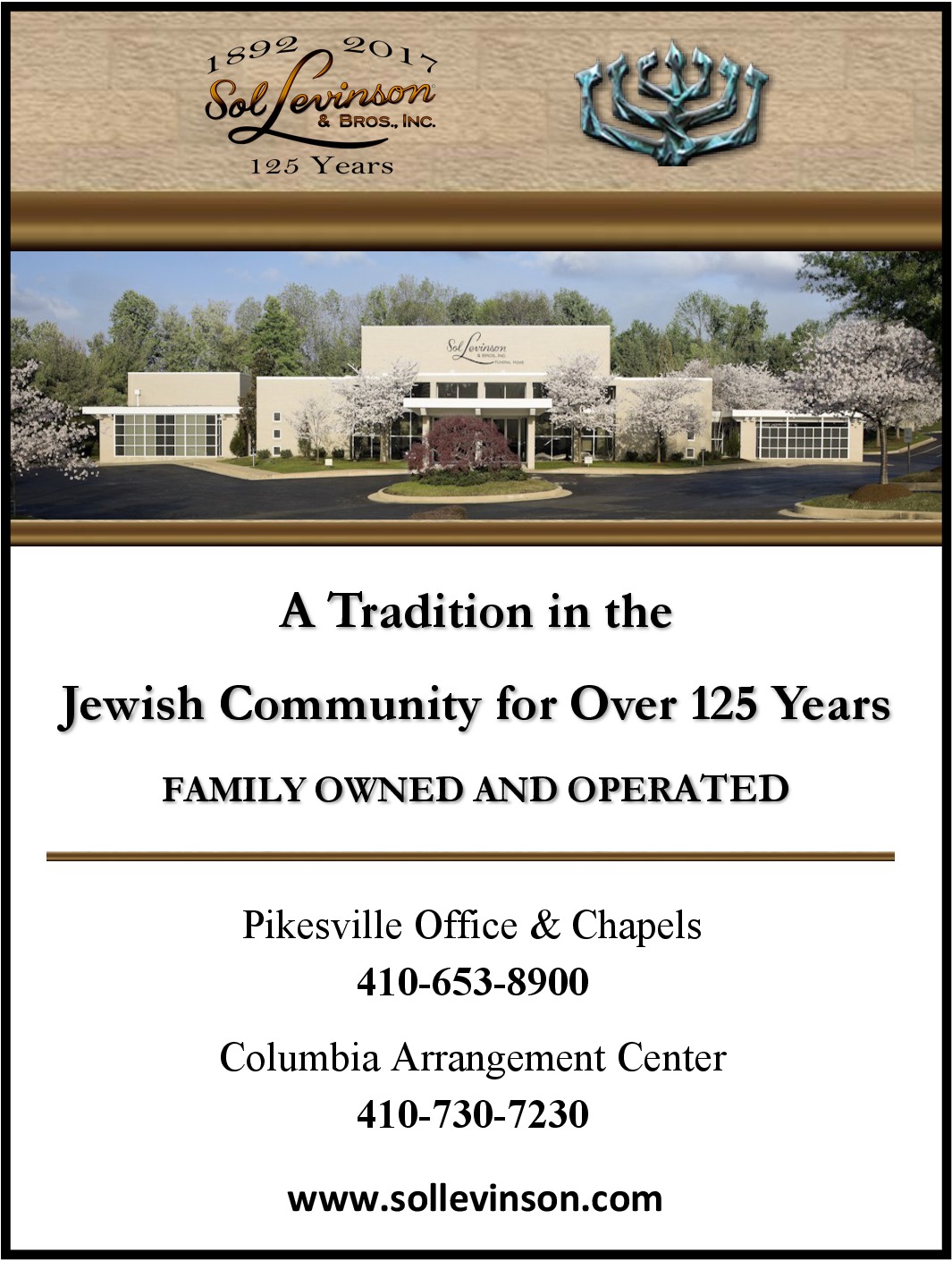Why I Am in Kollel by a Member of Kollel Avodas Levi

Over 3,300 years ago, on the sixth day of Sivan, an event took place that altered the course of history. With bursts of thunder and lightning, a firestorm descended on a desert mountain, and at the epicenter was the holy Shechina. On this first Shavuos, Hashem revealed His glory to his young nation, and the Jewish people accepted the Torah and its mission to study it and cleave to Hashem.
But why am I telling you this? Everyone already knows about matan Torah. It is because I am often asked a certain question: Why are you learning in kollel? Despite the fact that a good percentage of our young men and women aspire to, and actually participate in, the kollel life – and although many in our community generously support it and believe in its importance – it remains a much misunderstood topic.
But where should understanding come from? All too often, those in kollel choose to remain quiet about their motivation. Perhaps they are too involved in their learning, or perhaps they feel unequipped to deal with this question, the answer to which is existential and very personal. I have been encouraged to speak up, and so I sat to down to try to articulate my thoughts. I will share them with you as answers to a series of questions:




